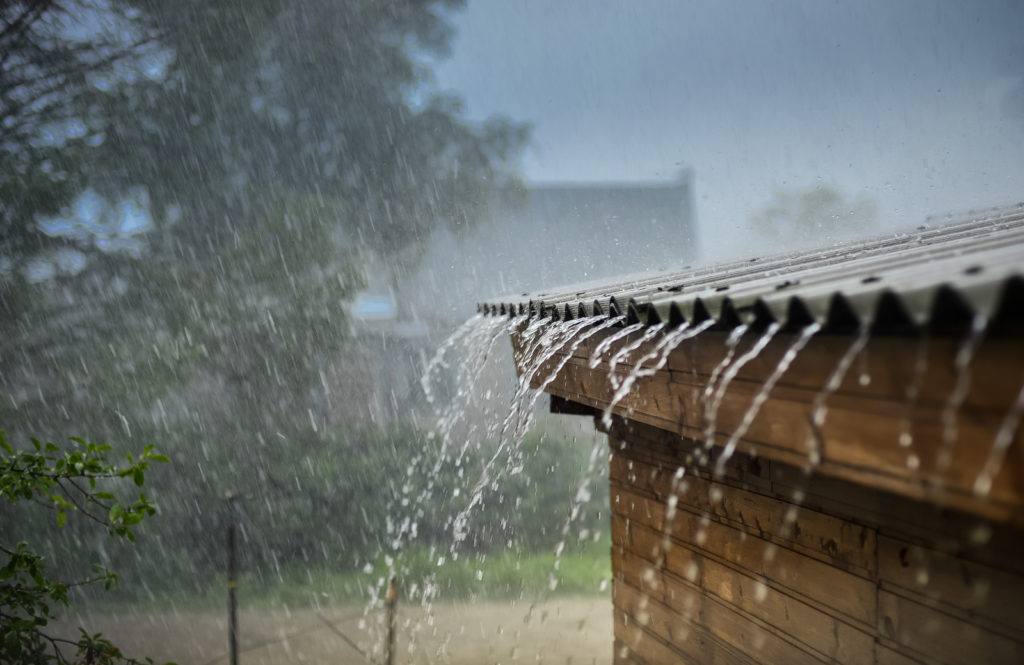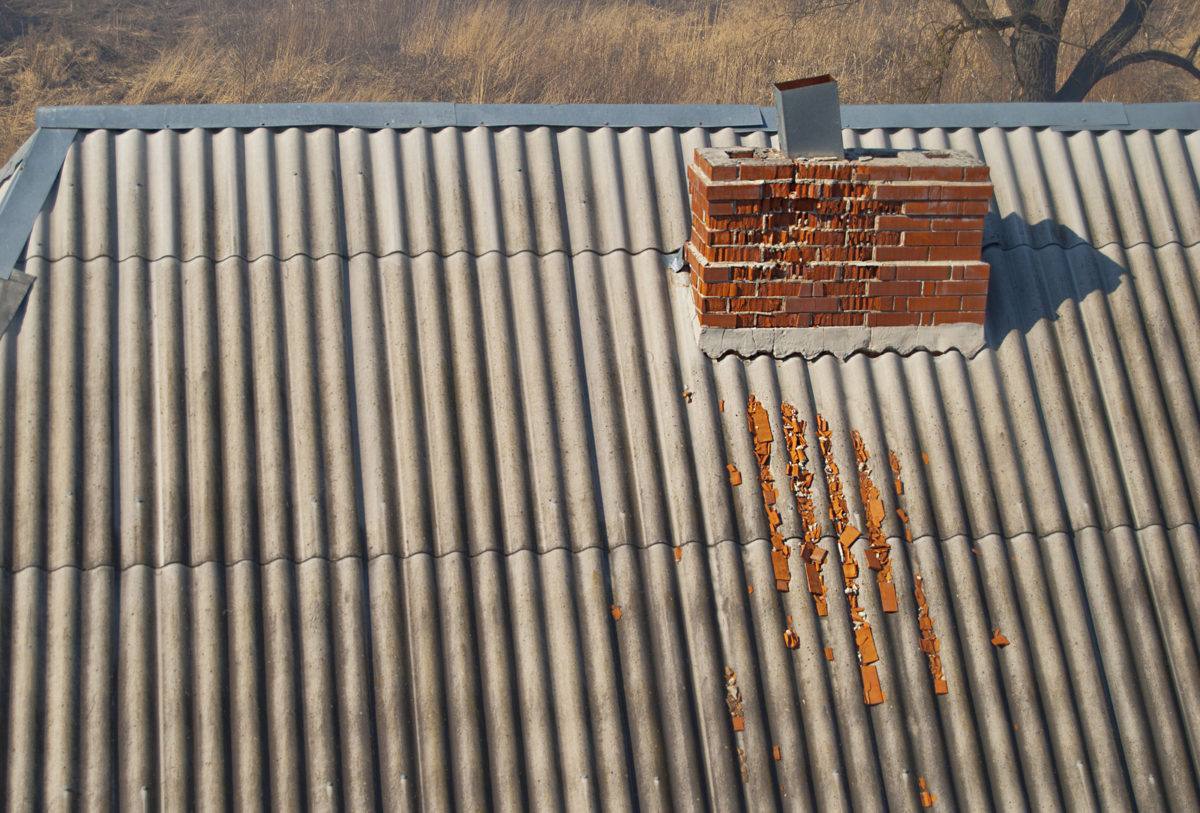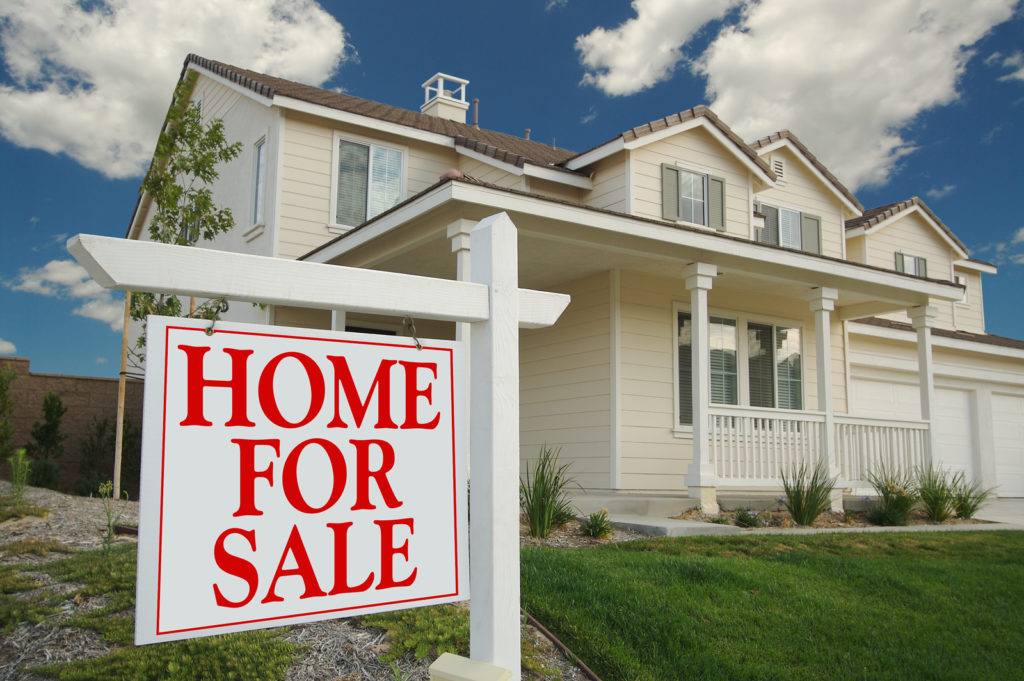If you have a fireplace, then you have use for storing firewood. There is something rustic and cozy about having your own woodpile to feed winter fires. But the time to start saving wood is not winter! The time is now, so that your wood can dry and cure before you burn it.
STORING FIREWOOD
Curing happens when wind and sun are allowed to dry out moisture, preventing mildew and mold growth. This also creates ideal conditions for burning.
Whichever storage method you choose, pile your wood in a way that air can move between the logs and dry timber completely. To aid in this, it helps to split wood, but it’s not necessary to debark logs or to split small diameter branches. One of the best ways of piling wood is in alternating directions, so that each layer lies at a 90 degree angle to those above and below it.
There are several effective ways of storing firewood outdoors. However, they’re all designed for the same two key purposes: The primary objective when storing firewood is to keep it dry. Dry firewood is not only easier to burn but it also produces more heat and less creosote and smoke. The second purpose is to protect the wood from weather that would re-wet it and from critters. Common firewood storage solutions include covers, storage sheds, and firewood storage racks.
WOOD RACKS
Firewood racks are raised log holders especially designed to increase airflow around and under your wood. Because of this, they allow sun and wind to more quickly and easily cure firewood. Since racks create space separating wood from the ground, they also help keep critters from making nests in the wood. However, racks have their limitations. They don’t provide protection against snow and rain. That’s why firewood racks are often used with covers.
WEATHER PROTECTIVE COVERS
The primary benefit of firewood covers is that they protect wood by keeping off wet weather. These waterproof covers aren’t designed for seasoning purposes, because they can restrict air flow. To get the most advantage from a firewood cover (or tarp) cover your woodpile right before rain, hail, or snow, and remove it when adverse weather has passed.
FIREWOOD STORAGE SHEDS
Firewood storage sheds can be both attractive and very functional! The structures can be built with 4, 3, or 2 walls, but always require a roof or overhang to protect wood from weather. If you’re creating a non-enclosed structure, make sure to place walls carefully to protect wood from inclement weather. A wood rack can be extremely useful in conjunction with a shed or structure, to keep protected wood off the ground.
Whatever tools or techniques you choose to utilize, the important focus is to dry your wood and protect it from threats like insects and mold. Be sure to split logs and choose a stacking technique that maximizes air flow, and you’ll do great.
If you have questions on the best way to store firewood, contact The Irish Sweep and talk to our experts.



